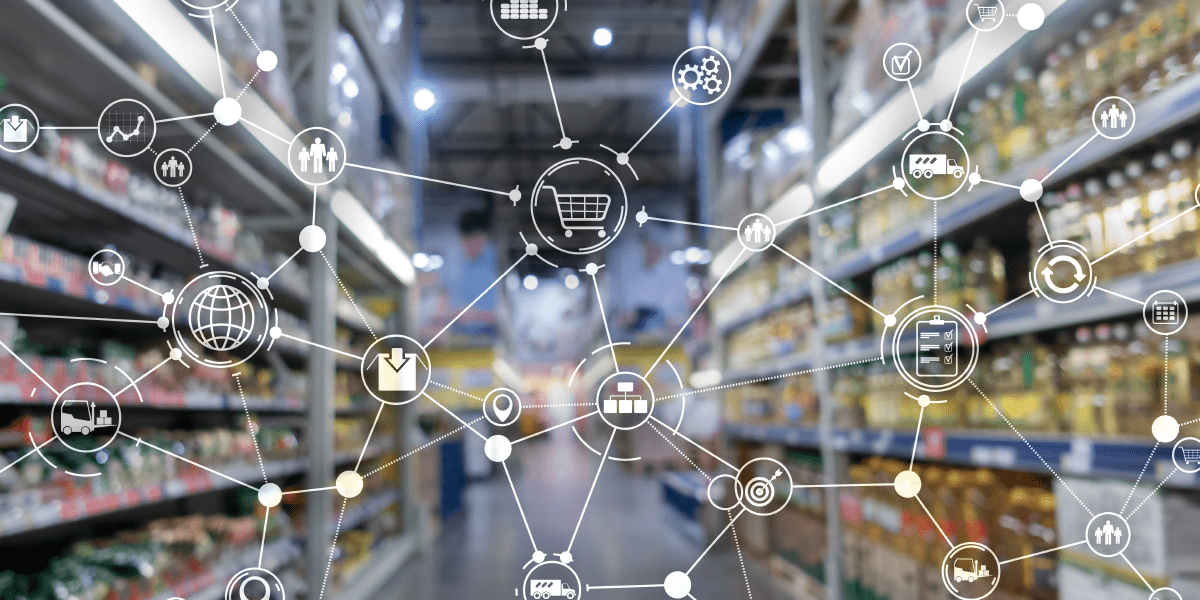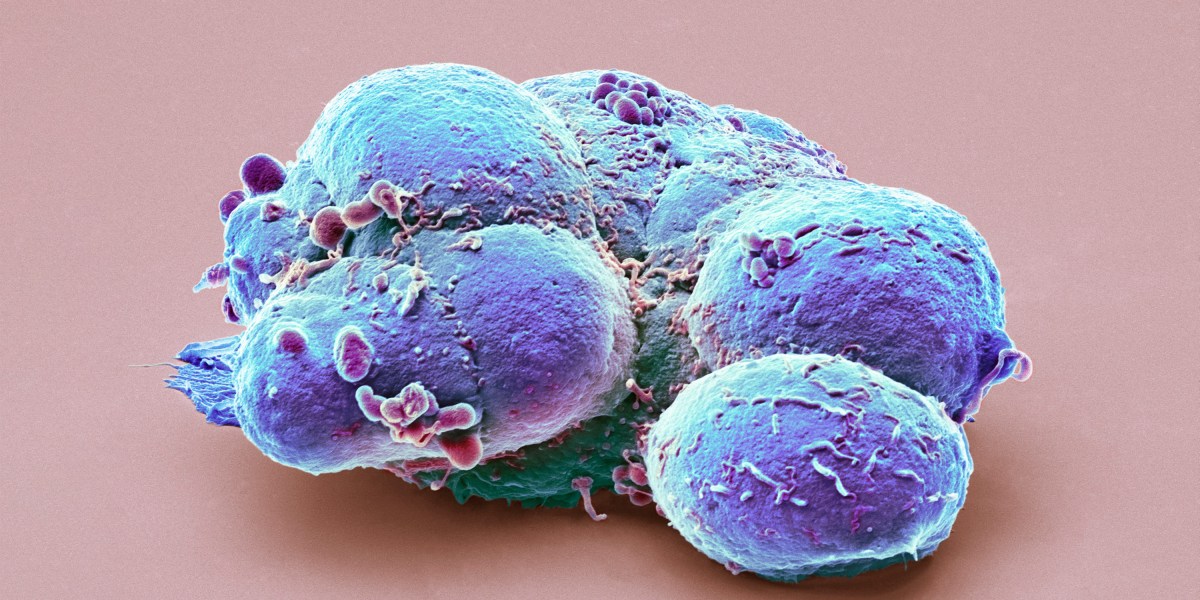Moving data through the supply chain with unprecedented speed

Driving adoption of this phygital connection are technological enablement and standards for interoperability. Standards define a common language between technologies and can make data more technology agnostic. These standards, along with evolving data carriers such as two-dimensional (2D) barcodes and Radio Frequency Identification (RFID), are boosting supply chain visibility in an era of uncertainty, and are transforming how consumers select and interact with products.
Next-generation barcodes
Among the best-known global standards for classifying products are Global Trade Item Numbers (GTINs), which are used for identifying products, and Global Location Numbers (GLNs) for location. These unique identifiers, when embedded in a data carrier such as a barcode, are examples of standards that provide a way for varying technologies and trading partners across the globe to interpret the data in the same way, enabling them to find products anywhere in their supply chain. Today, a simple scan can connect permissioned data between points in the supply chain. Unlocking the full potential of data in a more robust data carrier can elevate that simple scan to connect any product data to digital information that flows seamlessly across trading partners.
The Universal Product Code (UPC), the one-dimensional machine-readable identifier in North America, and the European Article Number (EAN) barcode for the rest of the world, are the longest-established and most widely used of all barcodes. These common barcodes—and the data behind them—can shed new light on supply chain data. However, a new generation of barcodes is emerging that promises to provide consumers with greater transparency, helping them to make smarter decisions about what they buy and use, while simultaneously improving supply chain safety and resiliency for all stakeholders.
While UPC and EAN barcodes carry GTIN data and can be found on consumer products all over the world, they fail to “create a link between the physical and the digital,” says Wilkie, “We need more information about products at our fingertips in a machine-readable, interoperable way than we’ll ever be able to fit on product packaging.”
Advanced data carriers and emerging standards are capturing unprecedented amounts of data for businesses, regulators, consumers, and patients alike, offering much more than just links to static webpages. Rather, two-dimensional (2D) barcodes and Radio Frequency Identification (RFID) technology can support phygital connections to tell a richer story about a product, including where it comes from, if it contains allergens, is organic, even how it can be recycled for sustainability purposes.
Better yet, 2D barcodes and RFID technology allow brands to communicate directly with consumers to offer more timely, accurate, and authoritative information. This is a step beyond consumers using their cell phones to look up product data while browsing in a physical store, which nearly four out of 10 consumers currently do, according to 2020 research by PwC Global.
Another advantage of today’s more advanced data carriers: One-dimensional barcodes can contain about 20 characters of information, but 2D barcodes, such as QR codes (quick-response codes), can hold more than 7,000 characters of data, and can provide access to more detailed information such as features, ingredients, expiration date, care instructions, and marketing.
Innovative use cases for QR codes are expanding rapidly, as this matrix code can be read with a line-of-sight device like a hand-held scanner or personal device like a cell phone.




